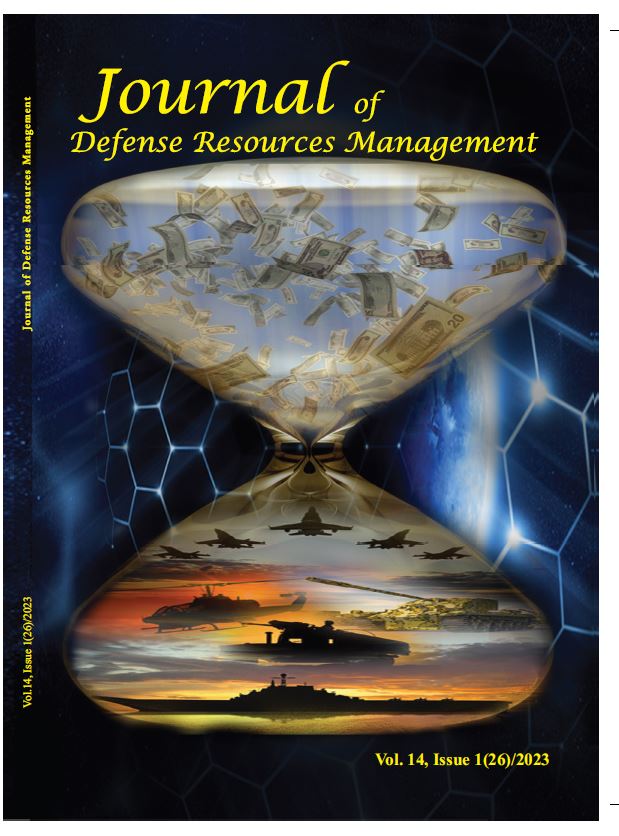CHINA’S THREE WARFARE STRATEGY. ORIGINS, EVOLUTION, APPLICABILITY
CHINA’S THREE WARFARE STRATEGY. ORIGINS, EVOLUTION, APPLICABILITY
Author(s): Cosmina NeculceaSubject(s): Education, Media studies, General Reference Works, Business Economy / Management, Politics and communication
Published by: Regional Department of Defense Resources Management Studies
Keywords: information age; three warfare strategy; influencing actions; mass media; public opinion; legality;
Summary/Abstract: The Information Age is characterized not only by new challenges, but also by a new set of criteria in defining victory. Joseph Nye, the father of the concept of soft power, observed that, in the 21st century, conflicts are more about the victory of narratives than armies. States like China or Russia, two ambitious powers, took this matter seriously, being the first to ask themselves questions about What war is and whether it is possible to win without engaging into battle? In 2003, China adopted the Three Warfare Strategy/ 3Ws, a strategy that practically reinvented the understanding of war, and by combining the three types of warfare (psychological, public opinion and legal), it helped and continues to help China meet its goals. In China’s view, this strategy represents a force multiplier, aimed at ensuring its domestic development, regional importance of the state, expansion as a global power and increasing influence at international level. The purpose of this article is to identify the origins and foundations of this strategy and the manner in which it produces effects.
Journal: Journal of Defense Resources Management (JoDRM)
- Issue Year: 14/2023
- Issue No: 1
- Page Range: 19-30
- Page Count: 12
- Language: English

